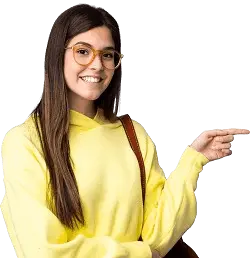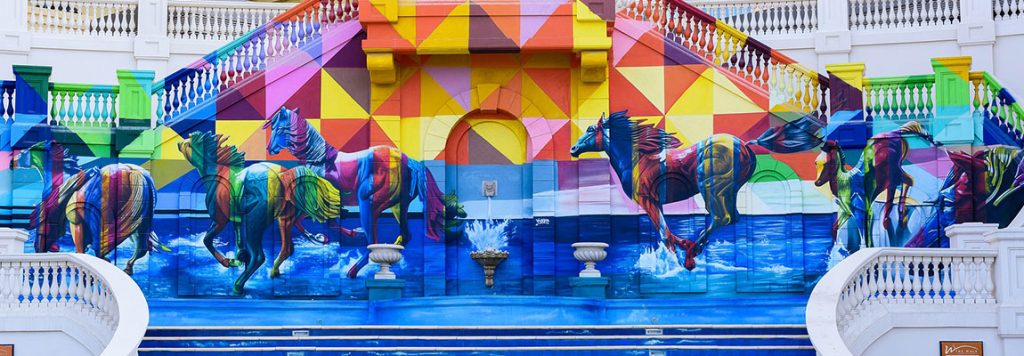Color theory is basically to understand and use colors in the Interiors. One of the earliest formal explorations of color theory came from an unlikely source — the German poet, artist, and politician Johann Wolfgang von Goethe, who in 1810 published “Theory of Colors” it remained of intense interest to a group of prominent philosophers and
physicists, including Arthur Schopenhauer, Kurt Gödel, and Ludwig Wittgenstein in his treatise on the nature, function, and psychology of colors.
The basic colors are Red, Blue and Yellow, do not confuse with the way the computer uses colors, the computer uses Red, Green and Blue RGB to obtain various colors.

You can see how basic colors combine to give you another set of colors; this can be depicted as the color wheel

You can see also see the Rainbow colors also here they are VIBGYOR, namely Violet, Indigo, Blue, Green, Yellow Orange and Red
Colors are very important in life and specifically in Architecture and Interior Design. Different colors depict deferent moods and psychological changes according to the nature of space they are used and the emotions that they evoke.

Let us into the psychological effects of colors

1. Red is the color of fire, passion, danger, and strength. This bold color stimulates and excites. It can be warm and inviting and can also make you feel energetic. Avoid using too much red as it can be over-stimulating in the home.

2.Orange People who love red but are not too fond of its aggressive impact can replace it safely with orange. This fun, energetic color is ideal for kid’s room, dining room, office, and even the living room. It symbolizes courage and hospitality. It also makes you feel energetic, adventurous and friendly.

3.Yellow: According to color psychology in interior design, yellow is the color of warmth, wisdom, prosperity, sympathy, and cowardice. A room colored in yellow can look cheerful, friendly and airy. Avoid using it in large amounts as it can be over stimulating.

4.Blue is an important color in interior design theory and it affects the human mind profoundly. There is a reason why blue is the perfect color for bedrooms. It instills a sense of serenity and peace and can be a very soothing color. In bathrooms, it can be used for creating a spa like tranquil atmosphere. This cool, quiet and reserved color can also represent formality. It is best when paired with white or other lighter hues.

5.Psychological effects of Green : Green, as we very well know, is the color of nature. It also symbolizes hope, good luck and abundance. It is a cool friendly color that mixes well with many other colors. It looks great with white and can be used in living rooms, bedrooms and offices.

6. Psychological effects of Purple :Purple works very well with other colors. You can pair it up with other jewel tones like emerald green or even with light, complementary hues like beige, yellow or baby pink. It is an ideal color in girl’s rooms. The psychological effects of purple in the home work to give the space a dignified and dramatic look. Purple, after all, is the color of royalty.

7. Psychological effects of black Black is associated with evil, mourning and death. However, it is also the color of wisdom. Black, in interior design theory, is always used in small amounts with contrasting, complementary colors. When used right, it can add depth and timeless elegance to a room. Avoid using black in large quantities as it can seem oppressive.

8.Psychological effects of white: This fresh, peaceful color is used widely in interior design theory where it can instill feelings of youthfulness, faith and innocence. White can help smaller spaces appear large. It can also make rooms look livelier, fresher and crisper
The Split color wheel
Now here you can see the split color wheel divided in Cool and hot colors on the left are cool and on the right are hot colors

In this Blog we have seen the definitions and descriptions of various colors, we have understood the use of colors and their effect on the psychology of human beings.
In the next blog we will apply colors to various rooms and find ways to enhance aesthetics and create functional spaces that are fantastic. Watch this space for the next Blog Colors-2
Keep visiting this space for new blogs that help you create good Interiors





